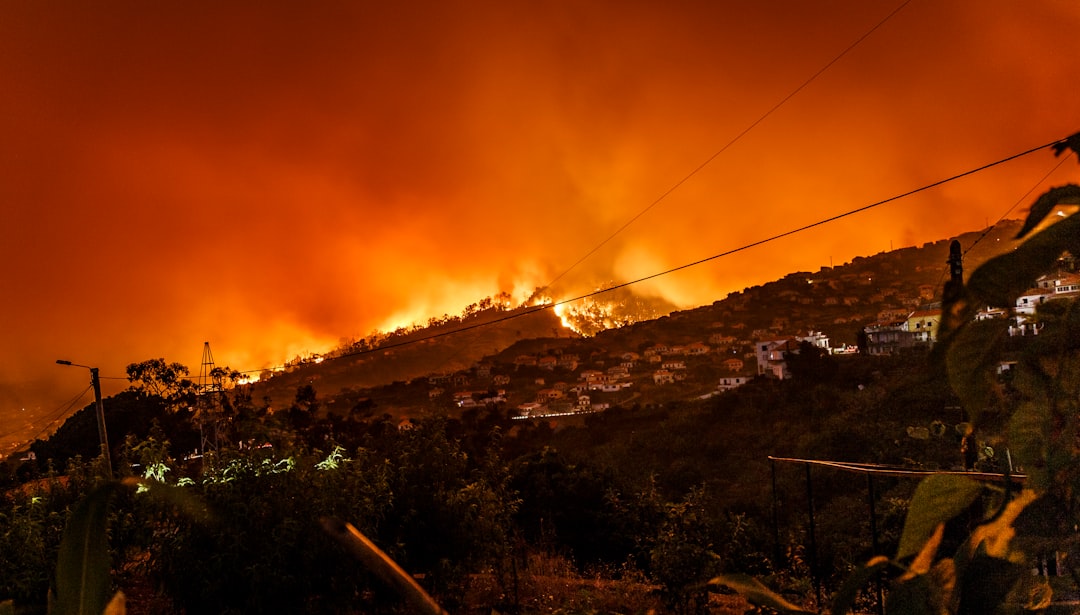What is it about?
1. Diurnal precipitation characteristics of the Indian summer monsoon were simulated realistically without convective parameterization 2. Precipitation characteristics were more dependent on convection representation than model horizontal grid resolution 3. Explicit (parameterized) convection experiments simulate high‐intensity localized (high‐frequency widespread) precipitation events
Featured Image

Photo by Wes Hicks on Unsplash
Why is it important?
Representation of convection accurately in the climate models is essential for the prediction of precipitation. If convection is not accurately represented, then to found out the kind of errors does it pose in the climate simulations. Do current climate models have skill in representing convection, then how to quantify them? This article is our first endeavor to answer these questions on convection representation.
Perspectives
This article firstly focuses on the representation of convection in the climate models. A clear picture of the convection related errors is provided in the precipitation in terms of its diurnal cycle, frequency, intensity, mesoscale precipitation system, and propagation of the precipitation systems. These errors arise due to the poor representation of convection in the model. With the help of convection-permitting simulation, the errors mentioned above were resolved and simulated the convection convincingly.
Rakesh Teja Konduru
Shuto Daigaku Tokyo
Read the Original
This page is a summary of: Effects of Convection Representation and Model Resolution on Diurnal Precipitation Cycle Over the Indian Monsoon Region: Toward a Convection‐Permitting Regional Climate Simulation, Journal of Geophysical Research Atmospheres, August 2020, American Geophysical Union (AGU),
DOI: 10.1029/2019jd032150.
You can read the full text:
Resources
Precipitation systems representation in the convection-permitting and parameterized model simulations
Convection-permitting simulations show more organized and structured precipitation systems than parameterized.
Continental-scale convection-permitting simulation of the Indian summer monsoon: Model simulation dependancy on convection or grid resolution
In the current study diurnal cycle of rainfall is used as a litmus test to know the simulation of Indian summer monsoon depends on the representation of topography or representation of convection and provide a brief note on the rainfall characteristics in the convection off simulations.
About author
A brief introduction about the author (Rakesh Teja) work
Contributors
The following have contributed to this page










